2011
Wisconsin celebrates National Drug Court Month
Madison, Wisconsin - May 26, 2011
A decade ago, there was one treatment court program in Wisconsin. Today, there are 41, and more are in the works. What's more, 16 of those programs are new in the past two years. That's right: in two of the most difficult fiscal years our state has seen in nearly a century, our communities and our courts have found a way forward. The courts and communities have identified new and better ways to help the people whom they serve.
A celebration is in order.
The month of May has been designated as National Drug Court Month, and I am marking this occasion by celebrating and honoring the judges, prosecutors, defense attorneys, law enforcement officers, social workers, treatment professionals, probation and parole officers, county board supervisors and others who have come together to establish court programs that are making communities safer and holding offenders accountable while helping them to become productive citizens.
A big congratulations to the following counties that have established one or more problem-solving court programs: Ashland, Barron, Brown, Burnett, Chippewa, Dane, Dodge, Douglas, Dunn, Eau Claire, Grant, Iron, Jackson, Jefferson, Kenosha, La Crosse, Marathon, Marquette, Milwaukee, Monroe, Outagamie, Pierce, Polk, Racine, Rock, Sawyer, St. Croix, Trempealeau, Walworth, Washburn, Washington, Waukesha, Winnebago and Wood counties.
Drug treatment courts, like other problem-solving courts, work across disciplines and with other institutions to provide treatment to offenders, while at the same time holding them accountable for their crimes. To ensure accountability, offenders are regularly and randomly tested for substance abuse, required to appear frequently in court for the judge to review their progress, rewarded for doing well and sanctioned for not living up to their obligations.
Each court is as unique as the community it serves. Some of the court programs focus on juveniles; others specialize in working with veterans; still others handle only drunk drivers, adult drug offenders, families with multiple drug-related problems and so on. What these programs share is a commitment to addressing underlying issues that often accompany or contribute to criminal behavior – and an understanding that solving problems saves money.
The National Association of Drug Court Professionals estimates that nationally, 75 percent of individuals who complete drug court programs are not re-arrested and that drug courts save up to $13,000 for every individual in the program and return as much as $27 for every $1 invested. As state and local governments face budget challenges, it is vital that justice system partners take advantage of the best and most cost-effective tools available while ensuring public safety.
Problem-solving courts are rigorous. They are not always successful for each individual. But research continues to show that drug court programs and other treatment programs work better than jail or prison, better than probation, and better than treatment alone. Problem-solving courts are changing lives, saving families, saving taxpayer money and helping to make our streets safe. That's cause for celebration.

